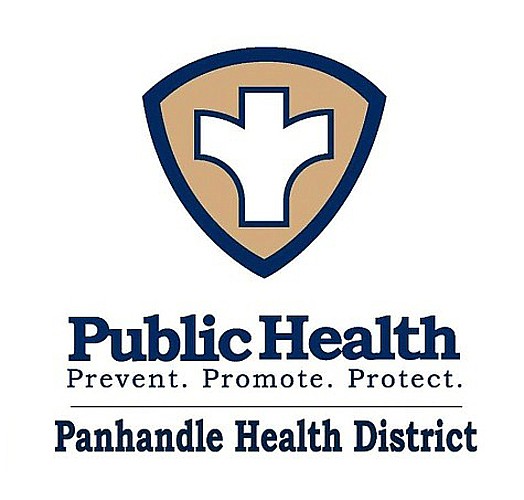PHD outlines COVID-19 tests, differences
Bonners Ferry Herald | UPDATED 4 years, 3 months AGO
COVID-19 testing has come a long way since the beginning of the pandemic and with that may come some confusion on what test folks should get, when to be tested, and how accurate are the tests.
To help eliminate the confusion, Panhandle Health District officials detailed the different types of tests available and what each of those tests mean.
Tests include:
Molecular: also know as diagnostic test, viral test, molecular test, nucleic acid amplification test, RT-PCR test, LAMP test. Diagnoses active coronavirus infection.
Antigen: Rapid diagnostic test (Some molecular tests are also rapid tests.) Diagnoses active coronavirus infection. Antigen tests are more likely to miss an active coronavirus infection compared to molecular tests. Your health care provider may order a molecular test if your antigen test shows a negative result, but you have symptoms of COVID-19.
Antibody: Serological test, serology, blood test, serology test. This test shows if you’ve been infected by coronavirus in the past.
In Idaho, public health districts are receiving the BinaxNOW Rapid Antigen Test kits produced by Abbott Diagnostics. Many pharmacies and private providers now offer antigen testing. An order from a provider is still needed just like with the PCR tests for the antigen tests. Antigen tests are intended for use in patients who are currently symptomatic. It is intended to detect a current COVID-19 infection and is highly effective at around 98% versus PCR testing which is 100%, when used correctly. BinaxNOW is a “same day” results test, meaning results will be available to practitioners in about 15 minutes.
Although antigen tests are faster and cheaper than laboratory PCR tests, they are not as sensitive. Idaho considers positives on antigen tests to be probable, not confirmed, COVID-19 cases. If an individual is experiencing symptoms and has a negative antigen test, it is recommended that they follow-up with a PCR test.
“One of the most important details about the antigen test is that an individual needs to be symptomatic to receive this type of test,” said Karen Yao, epidemiologist at Panhandle Health District. “The PCR test can detect the virus when people are pre and post symptomatic, but the antigen test is not that sensitive so the timing of the test is very important.”
According to the World Health Organization, the likelihood of a false negative with an antigen test is higher because the individual is more likely to have lower viral loads after having experienced symptoms for more than five to seven days.
“Testing within the first 4 days of an individual experiencing symptoms will provide the most accurate test result,” said Yao. “An individual should opt for a PCR test if they missed that testing window for an antigen test.”
The test itself is very similar to other COVID-19 testing done recently. It is a nasal swab that is then put into a cardboard sleeve. A few drops of chemical reagent are then added to the card and the swab is then rotated in the card to mix the reagent and virus on the swab. The virus on the nasal swab interacts with the chemicals (reagent) on the card and after about 15 minutes your results should be known. Current PCR COVID-19 testing requires that the swab be taken and then sent out to a lab.
For testing in your area, check get-tested-covid19.org. This site is not a complete resource and the developers are adding more sites as they learn of them. PHD advises individuals to contact their primary care provider to inquire about testing. If someone does not have insurance and does not have a primary care provider, call PHD’s COVID-19 hotline to be assessed for a test at 877-415-5225.


